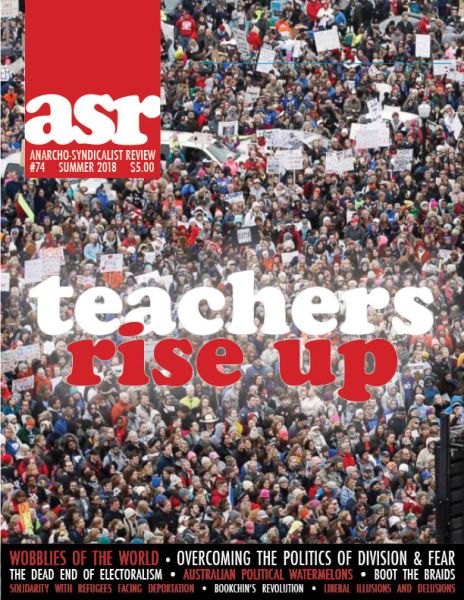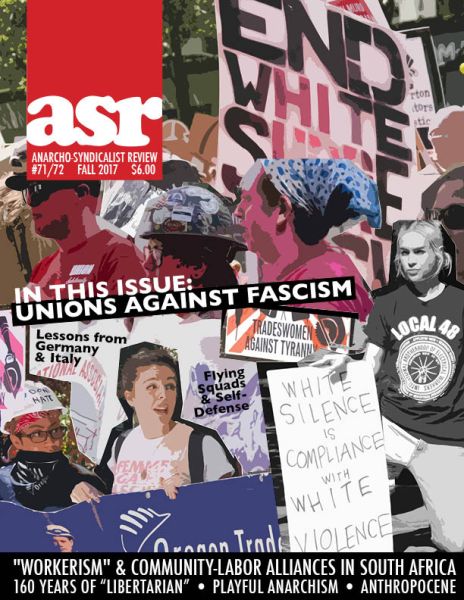A golden age for workers?
The front page of the Sept. 20 New York Times Business Day section has headlines suggesting workers are doing well, but when you read the stories things look quite different.
Eduardo Porter’s column headline trumpets “Labor Shortage Gives Workers an Edge.” It takes him until the fourth graf to tell us that average hourly pay for production and nonsupervisory workers has almost reached 1973 levels (after adjusting for inflation). Less, of course, after 44 years of speed-up, but close. Of course, that doesn’t take account of lost benefits. We’re paying a lot more out of pocket for our health care. Time off is harder to get. Pension plans are but a distant memory. And right next door, “Cost of Employer-Based Plans Remains Stable, a Study Finds.”
Good news, right? Well, it’s good news for the bosses. Average premiums for family coverage are up 3 percent, to $18,764 a year. The cost is rising faster than wages, and far fewer small employers are offering health benefits at all. Out-of-pocket costs are higher, as employers switch to insurance companies that restrict access to doctors and hospitals. But “deductibles rose only slightly this year.” Why? “Companies are recognizing that they have reached the limits of what they can ask their workers to pay, said Michael Thompson, the chief executive of the National alliance of Healthcare Purchaser Coalitions, which represents employers. ‘We’re running out of runway to keep cosh-shifting to employees,’ he said.”
But at least we’re seeing the promise of new jobs? Same page’s “A Manufacturing Model Tough to Export” notes that FoxConn, which is promising 13,000 new jobs in Wisconsin, has a history of breaking such promises once it gets its government hand-outs.
In Brazil, FoxConn promised nearly 100,000 jobs in exchange for billions in subsidies. Six years later, the plant site sits empty – only 2,800 jobs ever materialized. In Pennsylvania, FoxConn promised to hire 500 workers in a $30 million plant it has yet to break ground on.
Wisconsin officials have promised $3 billion in tax breaks and other subsidies. If FoxConn hires all the workers it promises, it would take until 2042 before the state could hope to recoup its money. (Of course, the deal would have run out by then, and so FoxConn would have long since demanded more payments.)
Back to the looming labor shortage. Employers profess to be worried that they’re going to run out of workers (though there are tens of millions of folks frozen out of the labor market – far more than the jobs employers say they can’t fill). The Times quote “experts” who suggest slashing disability benefits, expanding government assistance for workers paid so little they can’t afford childcare or rent, and holding down the minimum wage because higher wages “could price some workers out of jobs” even in the face of the “looming labor shortage” the column is fretting about.
Over in Arts, the same issue reviews a book, Nomadland, about tens of thousands of older workers forced to trade in their homes for vans and old school buses, traveling from part-time job to part-time job – sometimes working for little more than a place to park their vehicles. Their ranks include “retired” teachers and aged-out software engineers. Amazon hires lots of these desperate workers, getting federal tax credits for 25 to 40 percent of the paltry wages it pays them for working in dangerous sweatshops where the company distributes free painkills to keep them working as long, and as fast, as possible.
 The new
The new  ASR 71-72 is on the press. This is a double issue, with special sections on labor’s fight against fascism and labor-community struggles in South Africa, as well as articles on the history of the term Libertarian (and of anarchist opposition to sexism), Anarchism and Play, and Eco-Anarchism.
ASR 71-72 is on the press. This is a double issue, with special sections on labor’s fight against fascism and labor-community struggles in South Africa, as well as articles on the history of the term Libertarian (and of anarchist opposition to sexism), Anarchism and Play, and Eco-Anarchism.